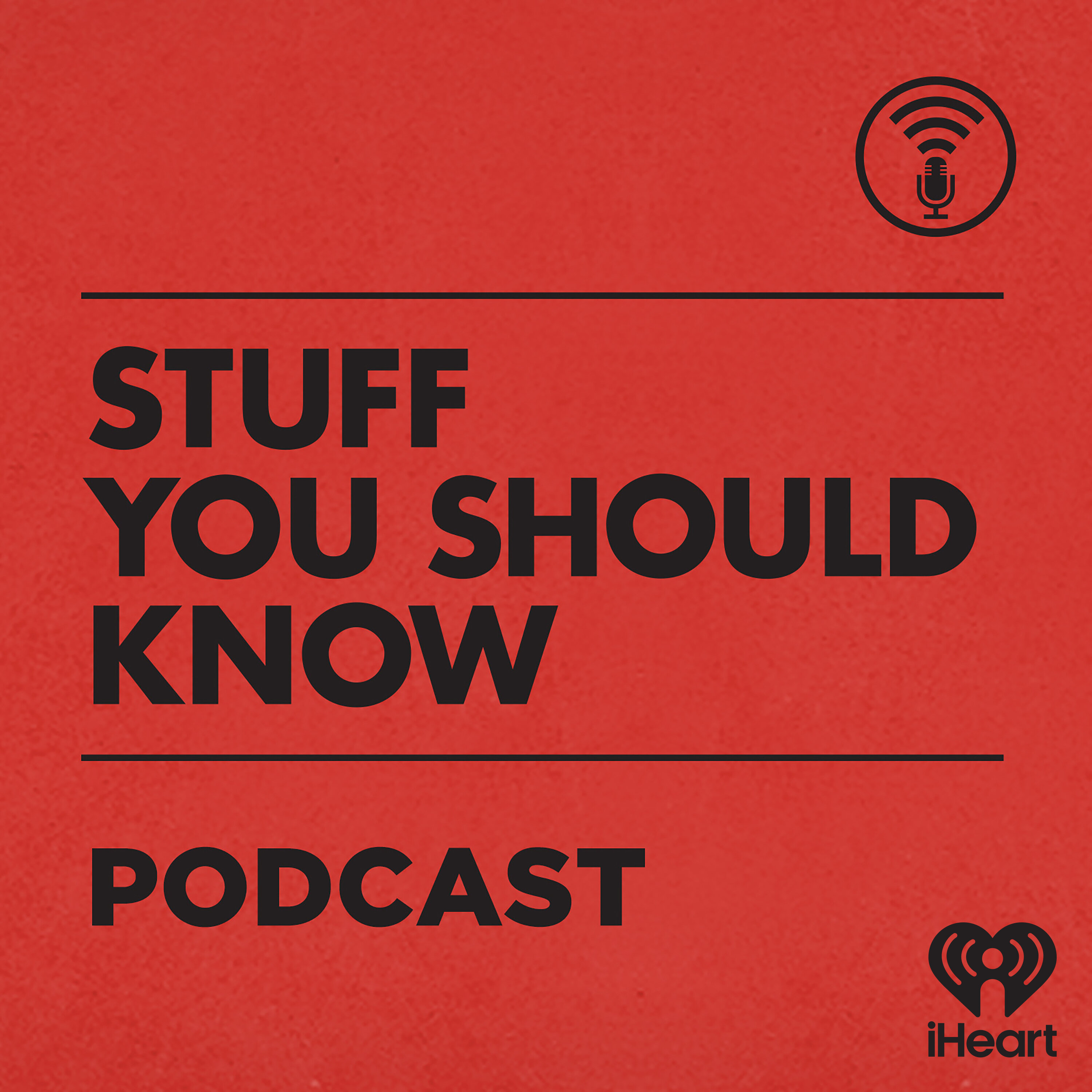
A Think First Podcast with Jim Detjen
Think First is a short-form podcast that makes you pause — before you scroll, share, or believe the headline.
Hosted by Jim Detjen, a guy who’s been gaslit enough to start a podcast about it, Think First dives into modern narratives, media manipulation, and cultural BS — all through the lens of gaslighting and poetic truth.
Some episodes are two minutes. Some are ten. It depends on the story — and the energy drink situation.
No rants. No lectures. Just sharp questions, quick insights, and the occasional laugh to keep things sane.
Whether you’re dodging spin in the news, politics, or that “trust me, bro” post in your feed… take a breath. Think first.
Visit Gaslight360.com/clarity to sharpen your BS filter and explore the 6-step clarity framework.
A Think First Podcast with Jim Detjen
#57 How the Dinosaurs Disappeared — and Why We Love the Story
What really killed the dinosaurs?
We’ve all heard the asteroid story: a rock from space slams into Earth, fire rains down, and the mighty dinosaurs vanish overnight. It’s clean. It’s dramatic. It’s the perfect ending.
But the truth may be messier — a long decline fueled by volcanic eruptions, climate swings, and a final “kill cascade.” So why do we cling to the Hollywood version?
In this episode of Think First, Jim Detjen explores how the extinction story has become part science, part mythology — and why the way we tell it might reveal more about us than about the dinosaurs.
Stay sharp. Stay skeptical. #SpotTheGaslight
Read and reflect at Gaslight360.com/clarity
We've been told the same story since grade school. 66 million years ago, a rock from space slammed into Earth. Fire rained down, the skies went dark and the dinosaurs all of them were gone. Simple, clean, dramatic, almost too dramatic. What if the story isn't wrong but it's edited? What if the real extinction was slower, messier, and a little inconvenient for the blockbuster version we like to tell this is Think First. Where we don't follow the script, we question it Because in a world full of poetic truths and professional gaslighting, someone's gotta say the quiet part out loud. Gaslighting. Someone's got to say the quiet part out loud. Here's the official script Asteroid, yucatan Peninsula, chicxulub crater, iridium, dust in the soil, a calling card from space, a single cataclysm that ended 75% of life on Earth.
Speaker 1:The dinosaurs never saw it coming. It's the most popular theory because it's cinematic. You can put it in a museum diorama, you can make a movie about it, you can sell t-shirts. But step outside the asteroid spotlight and you'll hear other theories. Some scientists point to the Deccan Traps in India, ancient volcanic fields so massive they poured out millions of cubic kilometers of lava, enough to shroud the sky in ash, block sunlight, poison oceans and turn Earth's thermostat down a few notches for hundreds of thousands of years. Others talk about slow-burn, climate change, shifting seas, collapsing food chains, ecosystems on the edge. The dinosaurs might have been limping along long before the big rock arrived. And then there's the kill cascade theory Volcanoes weaken the biosphere, climate swings destabilize it. Then, and only then, the asteroid deals the final blow. The truth it's messy, complex, not as snackable as giant space rock equals extinction. But the asteroid story works because it feels right. It's our modern flood myth. One day everything changes, the mighty fall, nature hits the reset button. It's Noah's Ark with better special effects. It's also strangely comforting, because if extinction comes from one clean hit, we can believe it won't happen again, at least not in our lifetime.
Speaker 1:Here's the thing Try questioning the single-impact theory in public. Even if you're a credentialed scientist, you risk being lumped in with flat earthers. It's the same reflex we see when anyone asks inconvenient questions about climate policy, nutrition science or, let's be honest, history itself. When the narrative is emotionally satisfying, skepticism becomes socially dangerous. And maybe that's why we love telling it, because deep down we're already rehearsing our own extinction stories, whether it's climate change, nuclear war or AI gone rogue.
Speaker 1:We want a singular villain, a final day, a moment we can point to and say that's when it all changed. But history and prehistory rarely works like that. It's almost always a slow erosion, a chain of causes and a series of warning signs we ignore until it's too late. So maybe the dinosaurs didn't vanish overnight, maybe their story is really a mirror and the asteroid we're watching for has already hit. I'm Jim Detchen and you don't need all the answers, but you should question the ones you're handed, because sometimes the story that survives is just the one that sells Until next time. Stay skeptical, stay curious and always think first. Want to go deeper? Want to go deeper? Visit Gaslight360.com slash clarity to learn how to spot gaslighting and poetic truth in media, politics and history. Empower yourself to dissect narratives, uncover hidden truths and challenge the tactics that keep us in the dark. Light your flame and start seeing the world with sharper eyes.






















